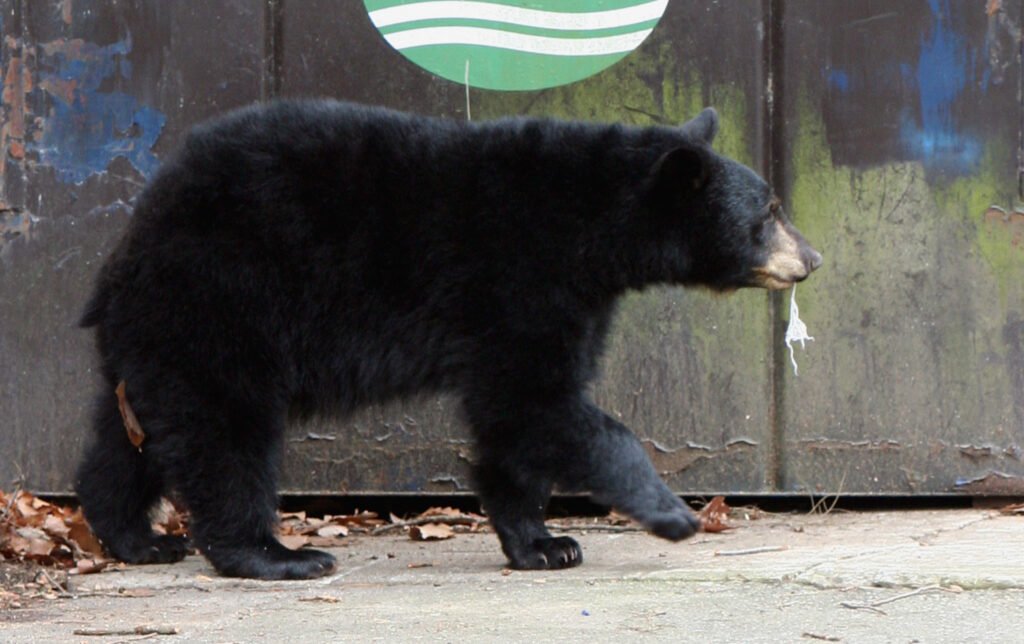Picture this: you’re enjoying your morning coffee when suddenly there’s a massive shadow by your refrigerator. You look up, and there it is – a black bear rummaging through your kitchen like it owns the place. Your heart stops. Your mind goes blank. What happens next could determine whether this encounter ends safely or tragically. In Northern California neighborhoods, bears have been known to enter homes through front doors and raid freezers for frozen food, and knowing how to respond in these critical moments isn’t just helpful – it’s potentially lifesaving.
California has become the epicenter of human-bear encounters, with these intelligent and opportunistic animals increasingly venturing into residential areas. Recent years have seen increasing reports of black bears entering California homes, with most incidents involving property damage rather than injuries to residents. While most encounters don’t result in attacks, the psychological terror and property damage can be devastating. The key is preparation, understanding bear behavior, and knowing exactly what steps to take when your kitchen becomes an uninvited dining room for one of California’s most powerful residents.
Stay Calm and Assess the Situation Immediately
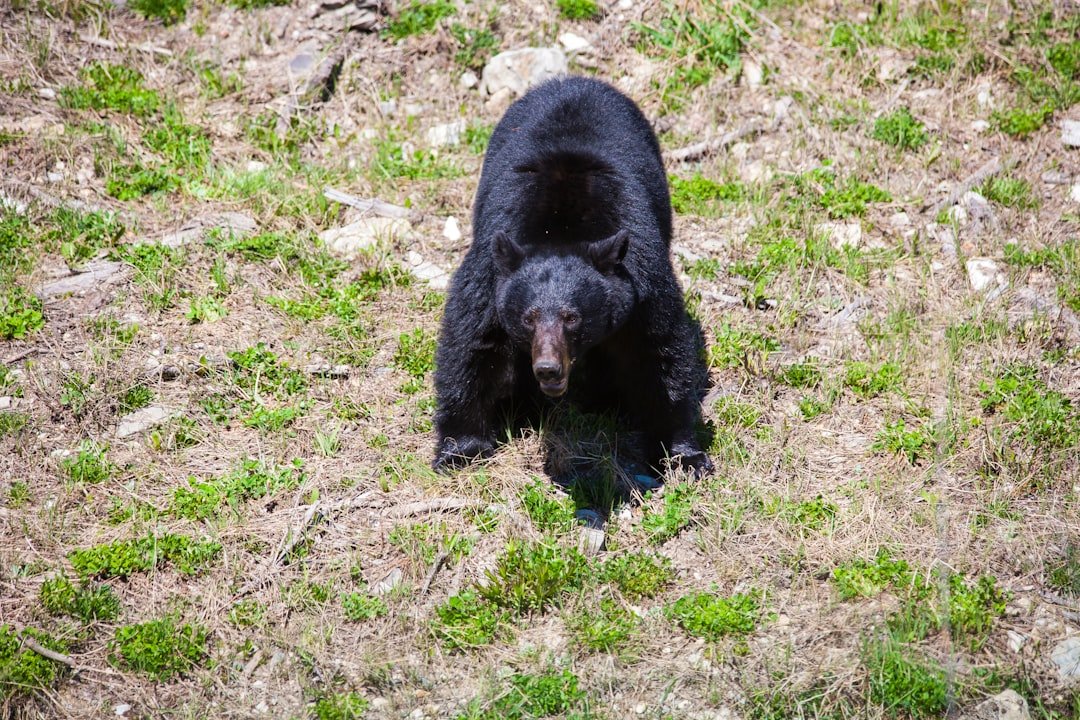
The moment you discover a bear in your kitchen, your natural instinct might be to scream, run, or freeze completely. Wildlife officials emphasize that dealing with a black bear indoors or in a tight space requires great caution. Take a deep breath and force yourself to think clearly. Bears are intelligent animals that can sense fear and panic, which might escalate the situation unnecessarily.
Your first priority is determining where you are in relation to the bear and identifying potential escape routes for both you and the animal. Move to a safe location and give the bear a way to escape without cornering it, as this can make it more aggressive. Most bears that enter homes are simply looking for food and have no interest in confronting humans – they’re just as surprised to see you as you are to see them.
Never Block the Bear’s Exit Routes

One of the most critical mistakes homeowners make is inadvertently trapping a bear inside their kitchen or home. Avoid blocking exit routes, as bears usually seek a way out, and leave doors open as you slowly back away, allowing the bear to leave without feeling trapped. A cornered bear is an unpredictable and potentially dangerous bear.
Think of the bear as an unwelcome guest who desperately wants to leave your party but doesn’t know how to find the exit. Give the bear a clear escape route and do not corner it – if it’s in your house, do not lock the bear in a room, and instead leave doors open as you exit the house. Your goal is to make it as easy as possible for the bear to return to the outdoors where it belongs.
Back Away Slowly While Making Your Presence Known

Unlike what you might see in movies, running from a bear is one of the worst things you can do. When encountering a bear, do not turn and run – hold your ground, stand tall, and to exit the scene, back away slowly, as a running person only invites a chase and the bear will be faster. Instead, you need to identify yourself as a human while giving the bear space to process the situation.
Identify yourself by talking calmly so the bear knows you are a human and not a prey animal, and continue to talk to the bear in low tones to help you stay calmer without being threatening. Say things like “Hey bear, I’m going to back away now” in a steady, calm voice. Talk in a calm voice while slowly backing away from the bear, and do not approach the bear. This communication helps de-escalate the situation while giving both of you time to figure out the next steps.
Create Noise to Encourage the Bear to Leave
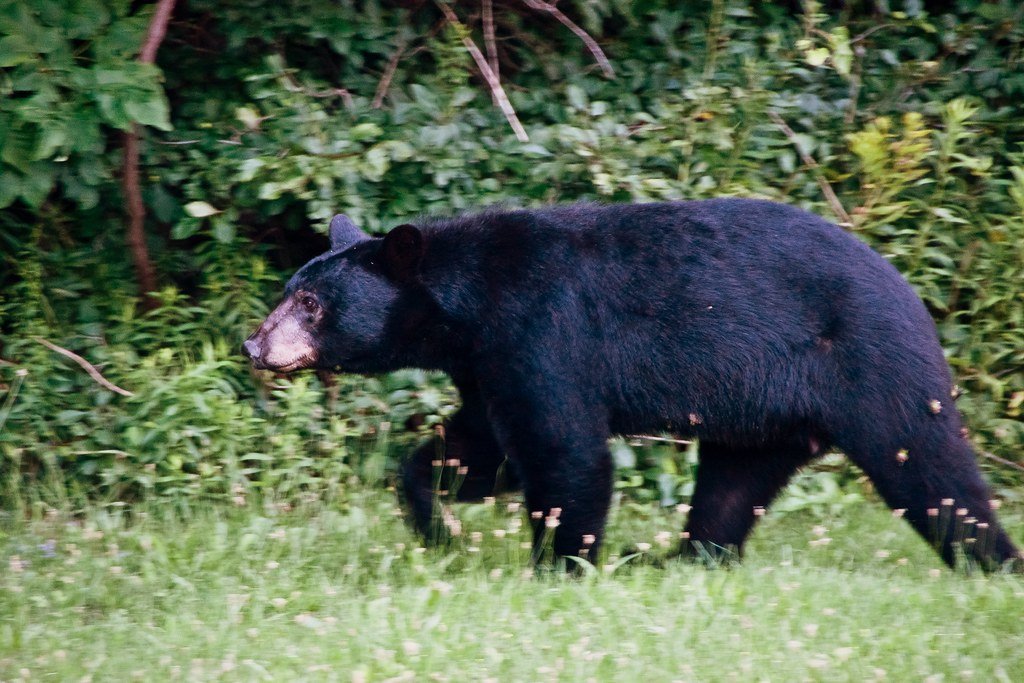
If the bear doesn’t immediately leave on its own, you can use sound as a gentle persuasion tool. From a safe distance, create loud noises or bang pots and pans to scare it away. The key phrase here is “from a safe distance” – you don’t want to approach the bear or corner it while making noise.
Yelling, banging pots, or using other loud devices is an effective way to scare black bears away, and with these methods, bears will most likely run away. However, timing is everything. Wait until you’ve given the bear clear exit routes and you’re in a safe position before employing noise-making tactics. Make loud noises such as shouting and clapping, and if available, spray the bear with a hose while remaining at a safe distance.
Call 911 if the Bear Won’t Leave
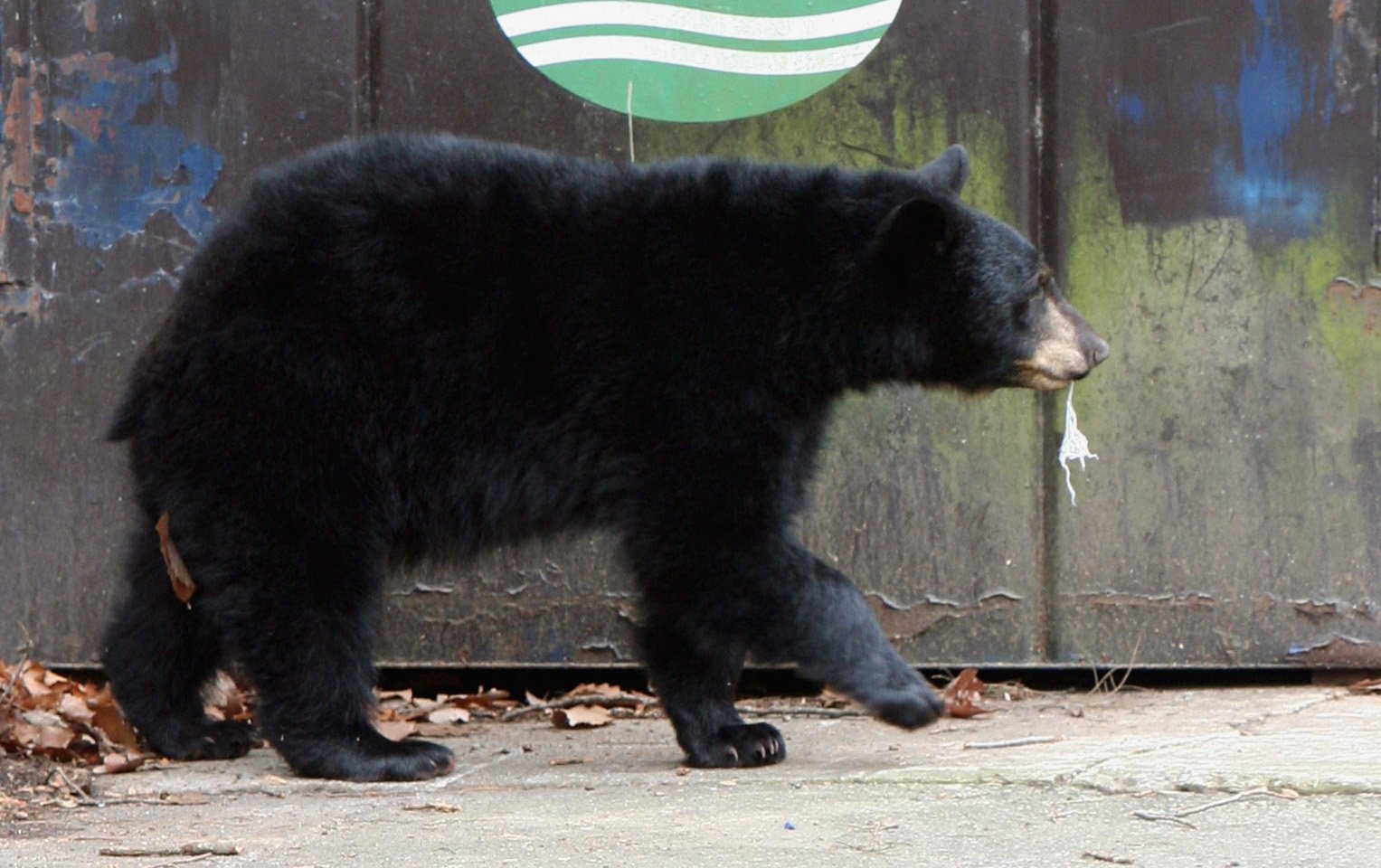
Sometimes, despite your best efforts, a bear may be too comfortable or too focused on food sources to leave voluntarily. If the bear doesn’t leave on its own, call 911. This isn’t a situation where you should feel embarrassed about calling for help – emergency responders and wildlife officials are trained to handle exactly these scenarios.
When you call 911, be clear about the situation: there’s a bear inside your home, specify your exact location, and describe the bear’s current behavior. Are they actively eating, exploring, or showing signs of aggression? This information helps responders determine the urgency and appropriate response. California Department of Fish and Wildlife handles bear conflicts and encourages the public to report bear sightings or conflicts through their Wildlife Incident Reporting system.
Understanding Why Bears Enter California Kitchens
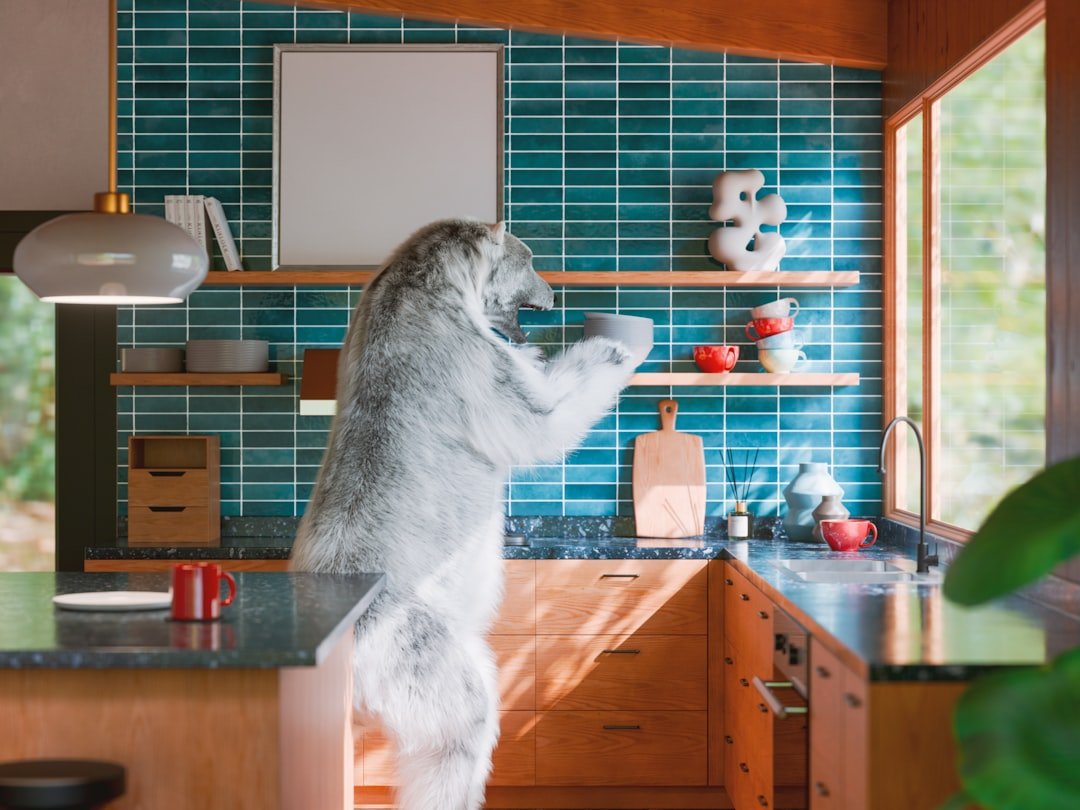
Black bears don’t randomly choose to terrorize homeowners – they’re driven by powerful biological needs and learned behaviors. Most of the time, odors from food, trash, and pet food are enough to attract a bear to enter a home, and proper food storage and garbage disposal that prevents odors from wafting through the air can help. Your kitchen represents a treasure trove of easily accessible calories to a hungry bear.
Black bears are very smart and opportunistic with an incredible sense of smell – once they learn that they can get food out of a tent, cooler or car, they’ll learn to search those out. This learning process extends to homes as well. Sometimes bears let their curiosity get the best of them, as they’re seemingly always looking for food and endlessly curious about delicious human foods. What might seem like a random break-in is actually a calculated search for high-calorie foods.
What NOT to Do During a Kitchen Bear Encounter

In panic situations, people often make decisions that seem logical but are actually dangerous. Don’t try to approach or feed the bear – this might seem obvious, but some homeowners think offering food might appease the animal. Feeding bears is not only dangerous but also illegal in California and creates long-term problems for the entire community.
A scream or sudden movement may trigger an attack, never imitate bear sounds or make a high-pitched squeal, and do not run or make any sudden movements. Don’t attempt to take photos or videos for social media – your safety is more important than documentation. Do not approach the bear or try to make contact with the bear, and do not attempt to separate the bear from your pet if one is present.
Recognizing Bear Behavior and Body Language

Understanding bear behavior can help you gauge the seriousness of your situation and respond appropriately. Stay calm and remember that most bears do not want to attack you – they usually just want to be left alone, and bears may bluff their way out of an encounter by charging and then turning away at the last second. A bear focused on food is typically less threatening than one that feels cornered or defensive.
Bears may also react defensively by woofing, yawning, salivating, growling, snapping their jaws, and laying their ears back. When defensive, bears may make vocalizations including huffing and jaw popping, retreat up a tree, swat at the ground or tree, or lower their head with ears flattened while swaying back and forth. These are stress signals that indicate the bear is uncomfortable but not necessarily aggressive. Recognizing these signs helps you adjust your response accordingly.
Securing Your Home Before Bears Arrive
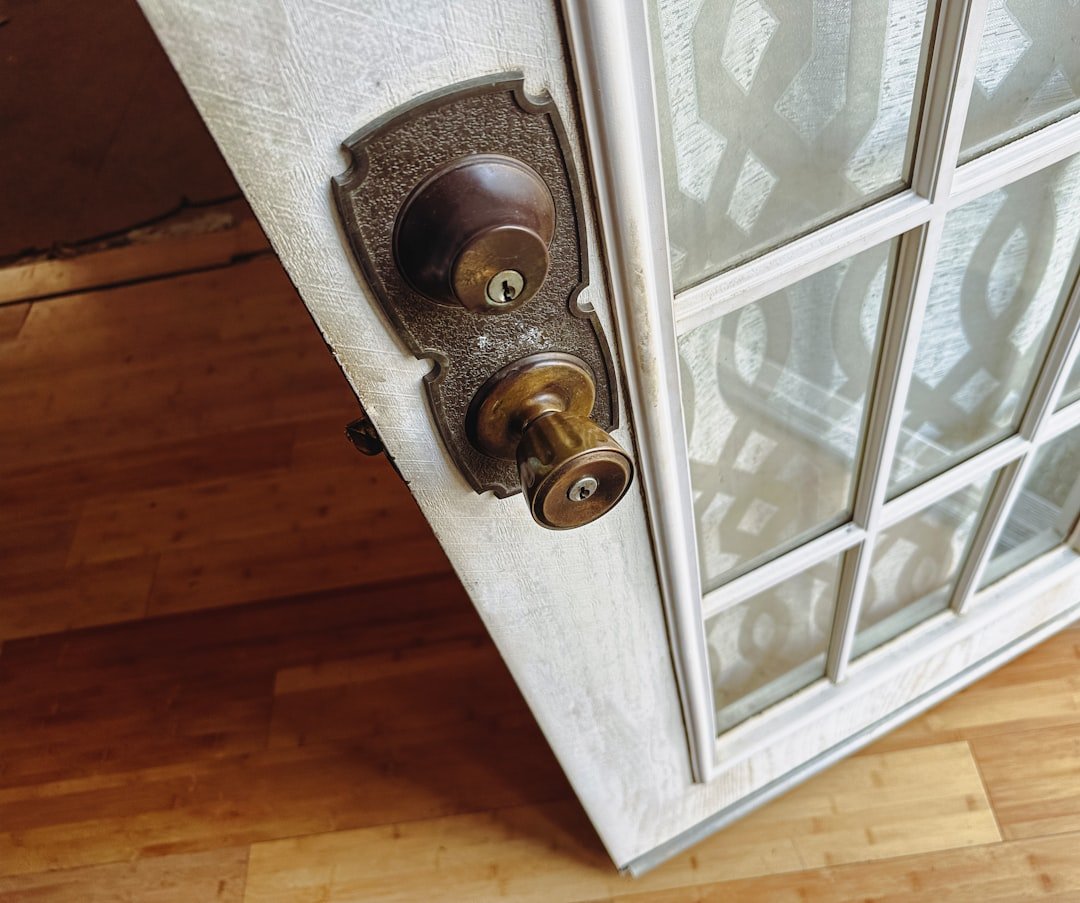
Prevention is always better than dealing with an active bear encounter. Remove food, even canned goods and staples, from the home to help eliminate scent, use curtains, blinds, or shutters to block the view of the kitchen, and close and lock all windows and doors. Bears have an incredible sense of smell and can detect food from remarkable distances, so eliminating attractants is crucial.
Bears can fit in very small openings – generally, if a bear can get its head inside, the rest of the bear can follow. This means securing potential entry points is essential. Consider installing electric wire around windows and doors, as these are easy tips that may help protect your home and bears. Think of it like childproofing your home, but for large, powerful animals that can weigh 200-400 pounds with incredible strength and determination.
What to Expect After a Bear Kitchen Encounter
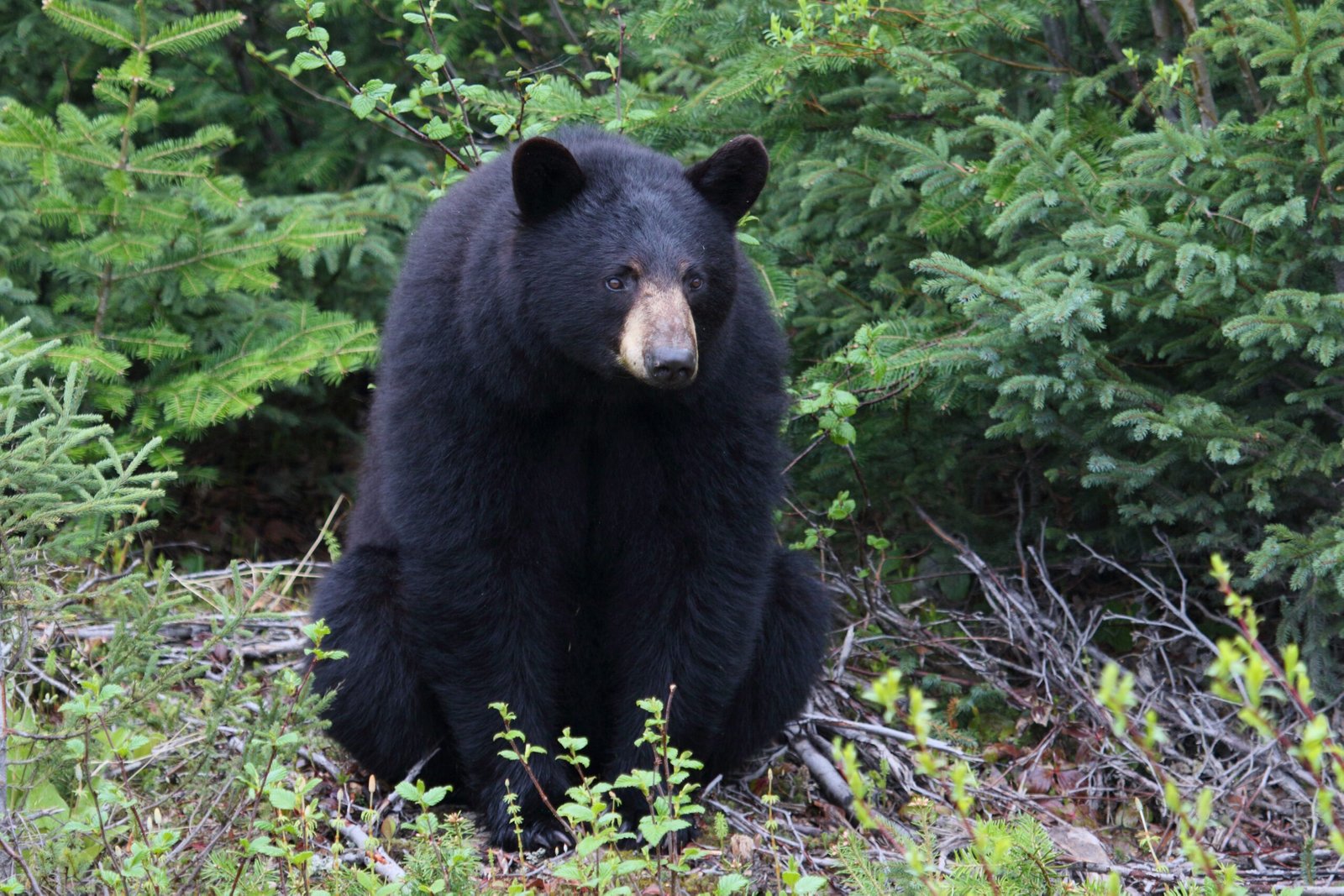
Once the immediate danger has passed and the bear has left your property, you’ll need to deal with both emotional and practical aftermath. Bear encounters can result in blood, bruises and puncture wounds, and victims may need to take immediate medical precautions. Even if you weren’t physically harmed, the psychological impact can be significant and long-lasting.
Document any property damage for insurance purposes and contact your homeowner’s insurance company immediately. Your automobile and home may be covered for bear damage if you have comprehensive coverage – check with your insurance provider, and this includes damage and vandalization done by a bear. Wildlife officials may want to investigate the incident, especially if it represents a pattern of behavior from a specific bear. California Department of Fish and Wildlife may investigate incidents and, in cases where bears pose ongoing threats to public safety, various management actions may be considered.
Community Responsibility in Bear Country
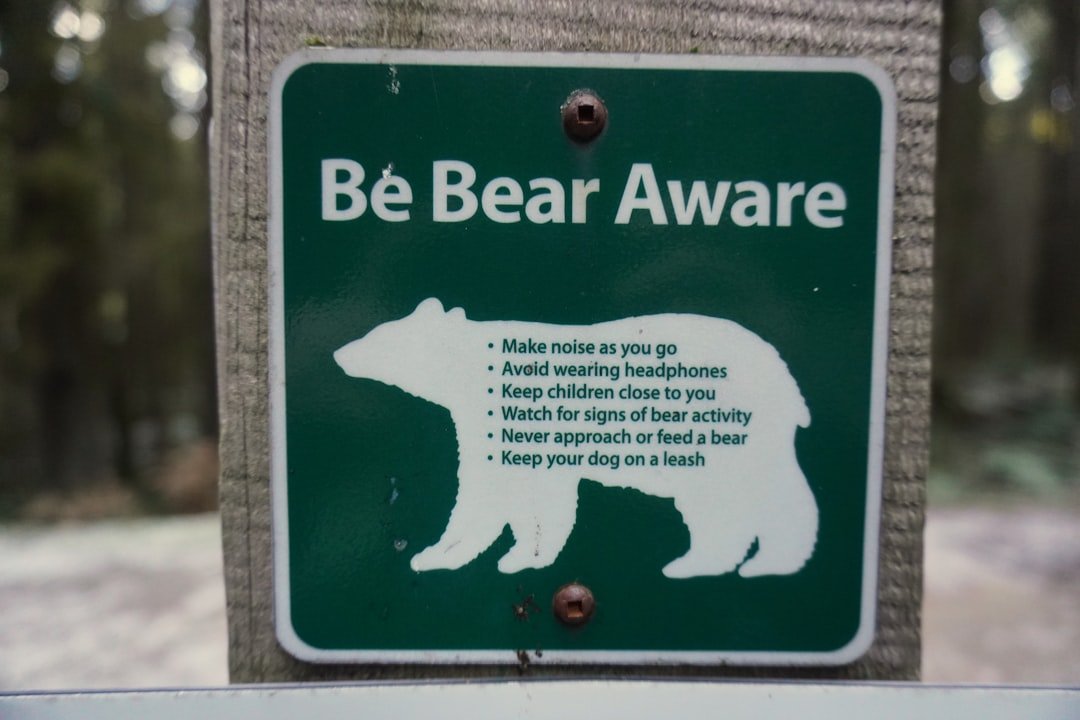
We need the public’s help to keep bears wild and people safe, as approaching, disturbing or feeding black bears is likely to have negative and dangerous outcomes for both bears and people, and feeding black bears is illegal in California. Individual actions have community-wide consequences when it comes to bear behavior and habituation.
A habituated bear is one that loses its natural fear of people, usually as a result of access to human food and garbage, which becomes addicting, and these bears can become increasingly bold in their behavior, causing property damage and potential harm to people. With growing human populations and a large bear population, there are more human-bear conflicts now than ever before, leading to habituation and bears teaching problem behaviors to their cubs. Your kitchen encounter might be the result of community-wide failures in bear-proofing and food storage.
Conclusion: Living Safely in California’s Bear Country
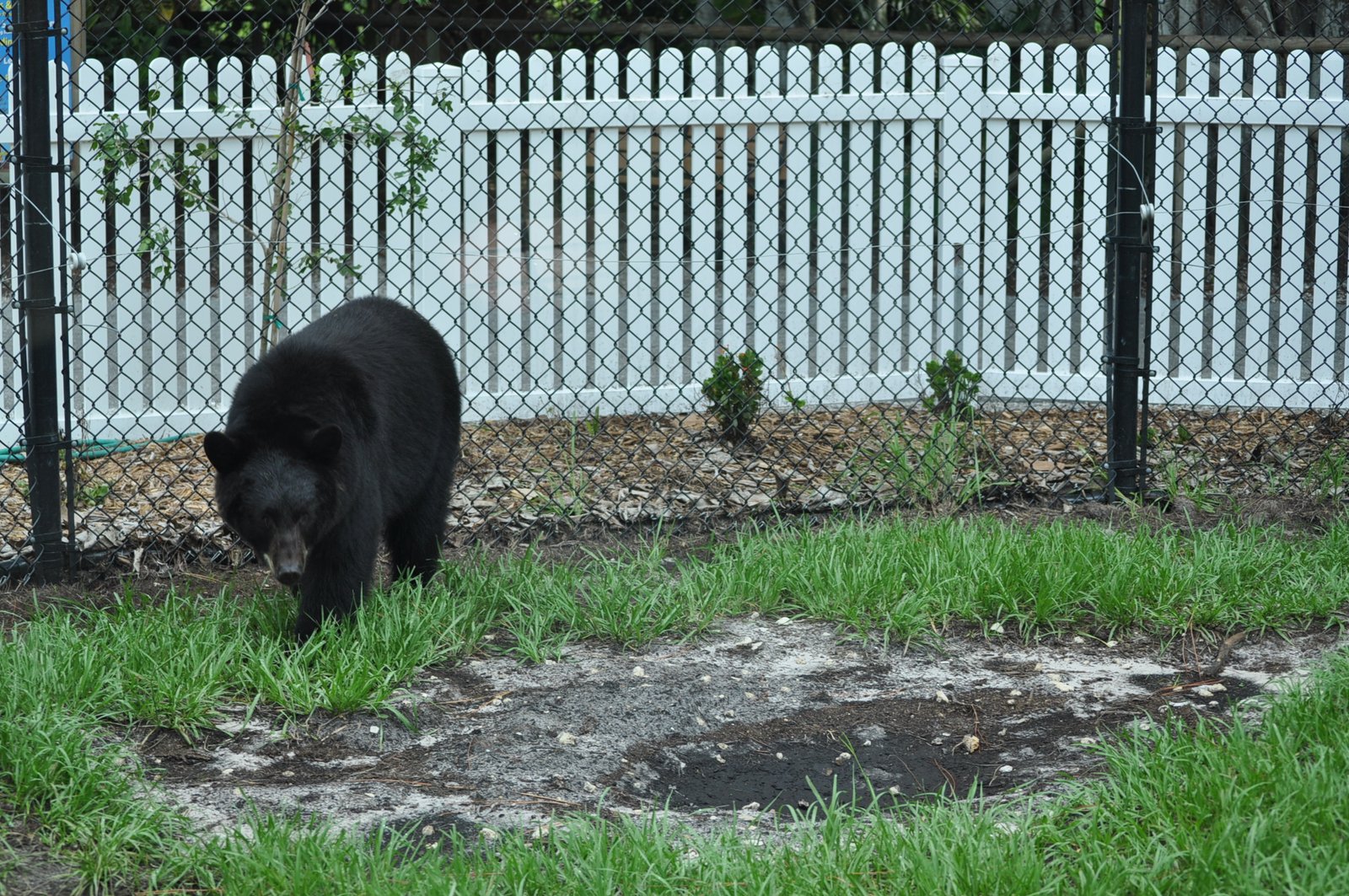
A black bear in your kitchen represents one of the most intense human-wildlife encounters you can experience in California. The key to survival lies in remaining calm, understanding bear behavior, and following proven safety protocols. Through swift removal of problem bears and strict enforcement of proper food storage habits, wildlife management programs have made great strides in ensuring bear populations aren’t food habituated. Your response in these critical moments not only affects your immediate safety but also contributes to the larger effort to keep California’s bear populations wild and healthy.
Remember that most bear encounters end without injury, and following basic guidelines may help to lessen the threat of danger. While these encounters are terrifying, they’re also reminders that we share this beautiful state with magnificent wild animals that deserve our respect and understanding. By taking preventive measures and knowing how to respond properly, we can coexist safely with one of California’s most iconic residents. When you next hear about a neighbor’s bear encounter, you’ll know exactly what they should have done – and more importantly, what you would do if faced with those dark eyes staring back at you from your own kitchen.

